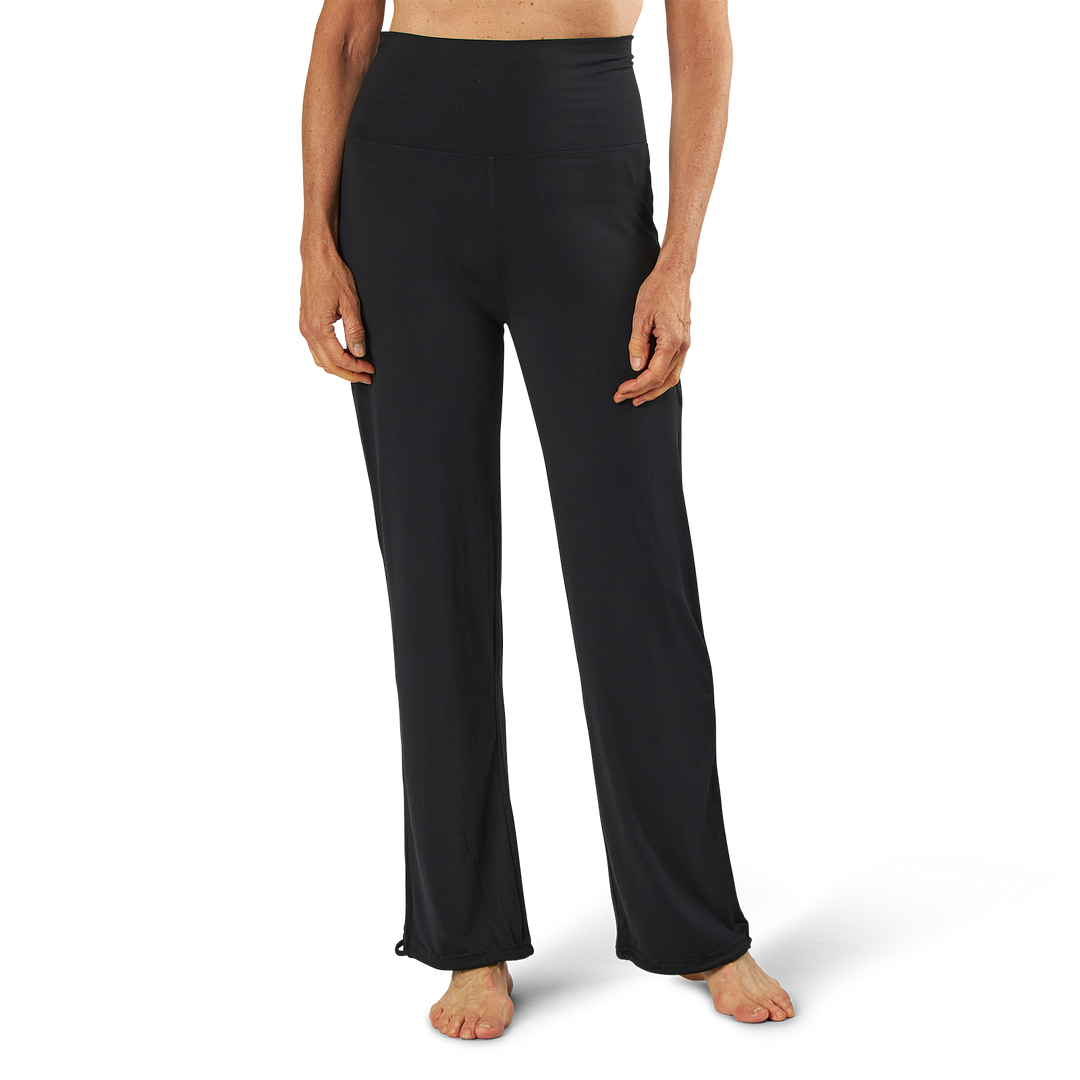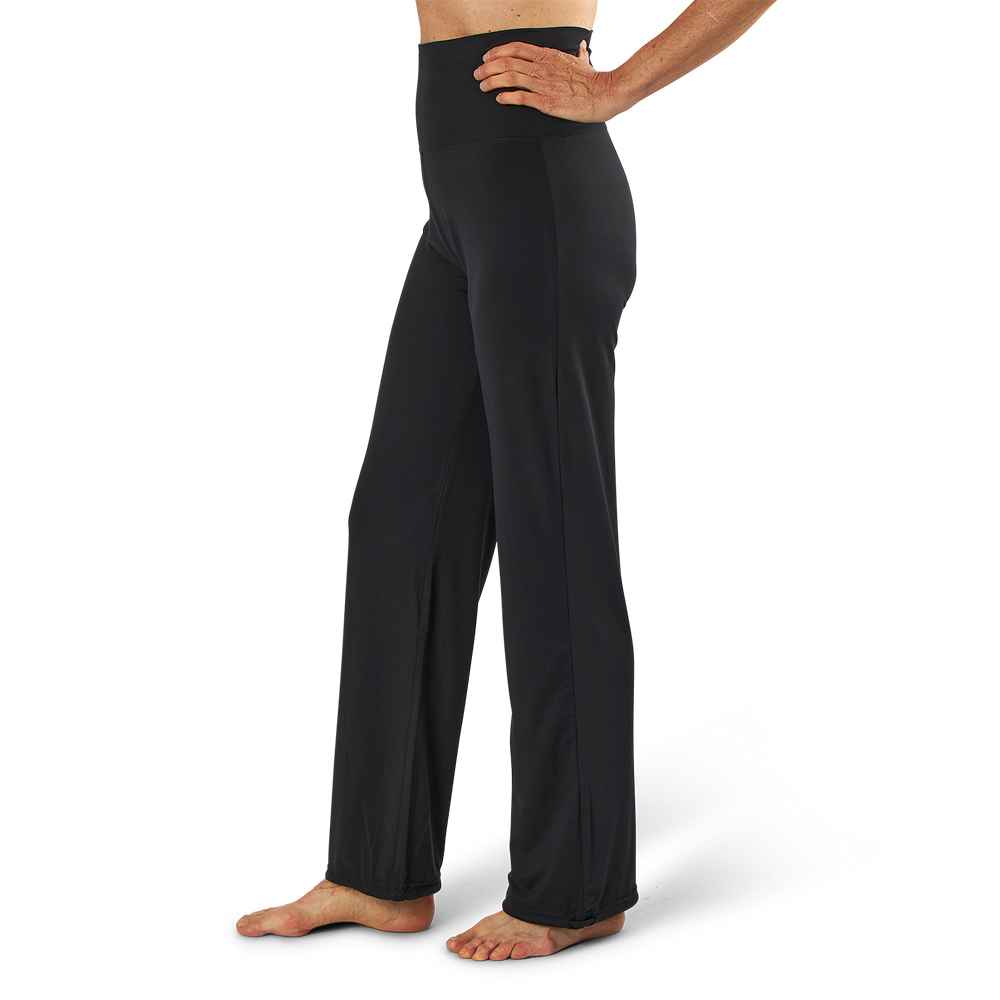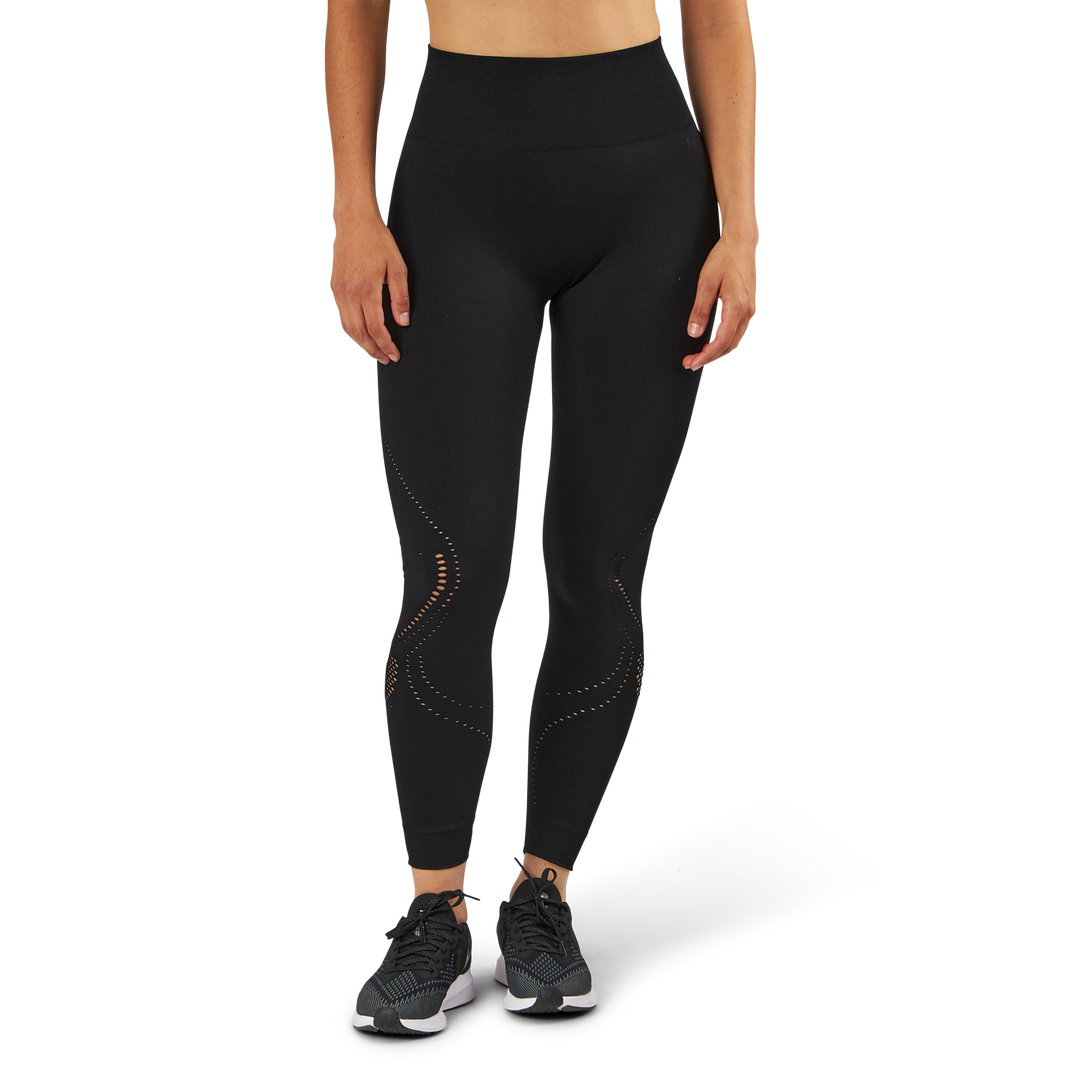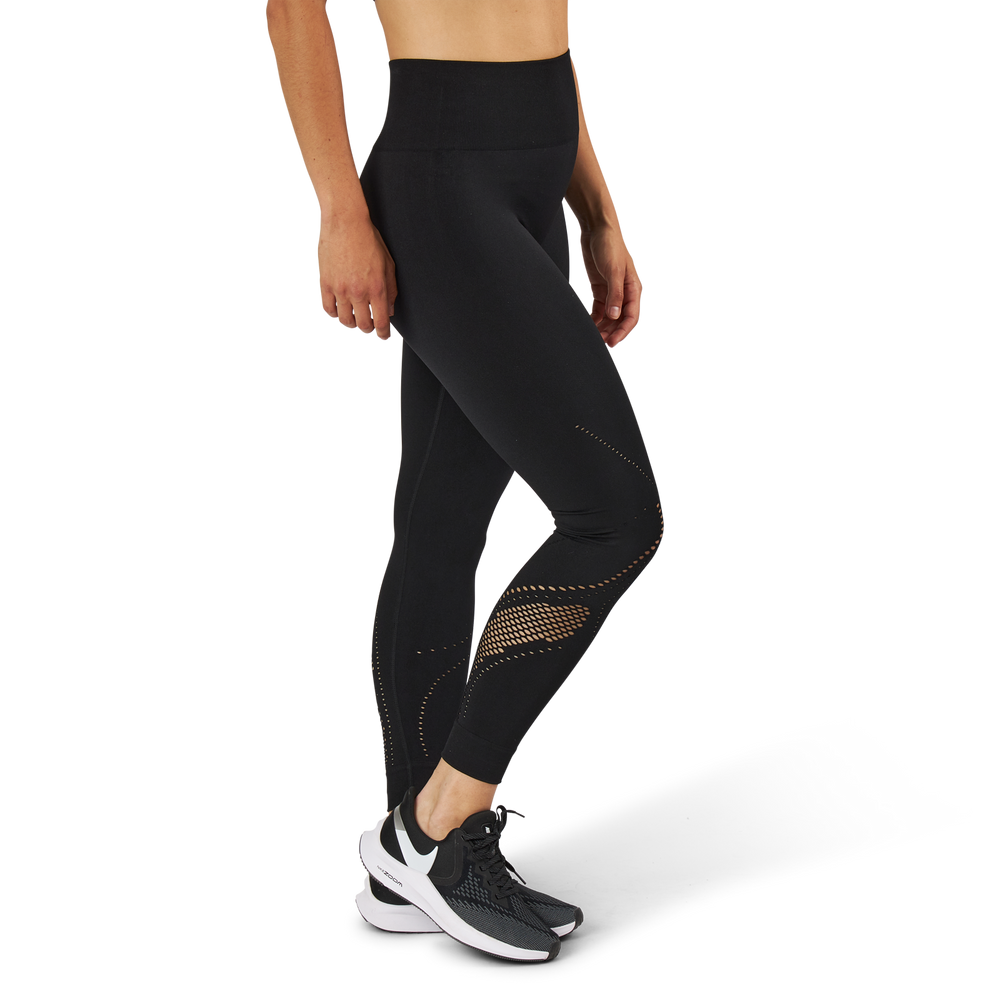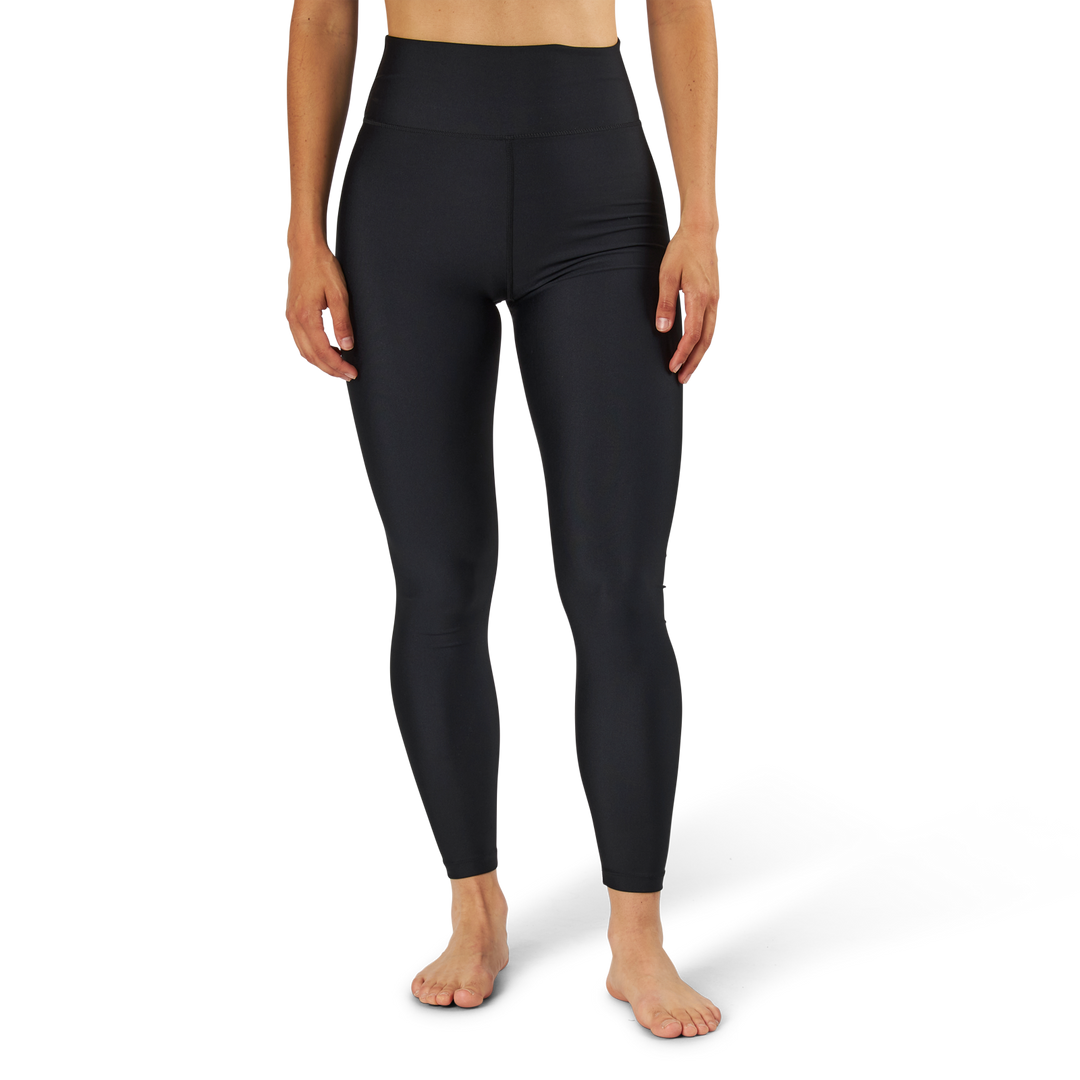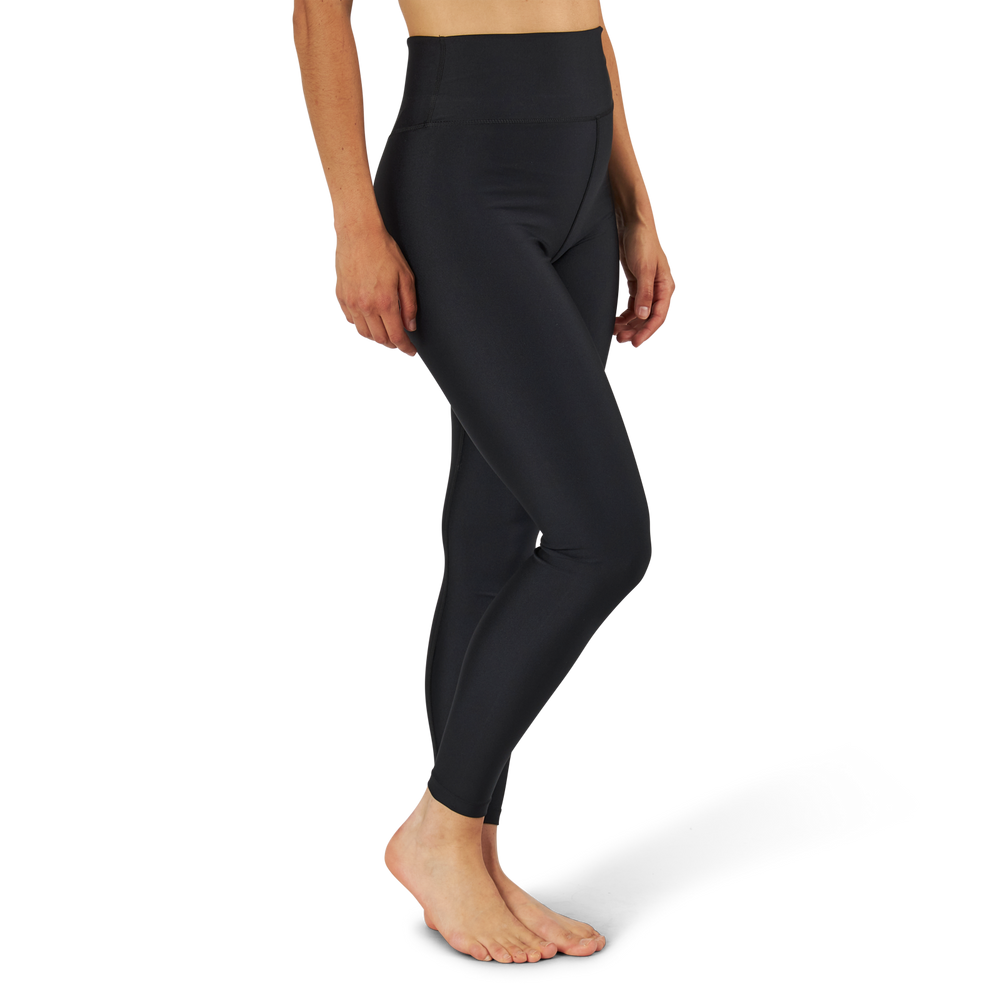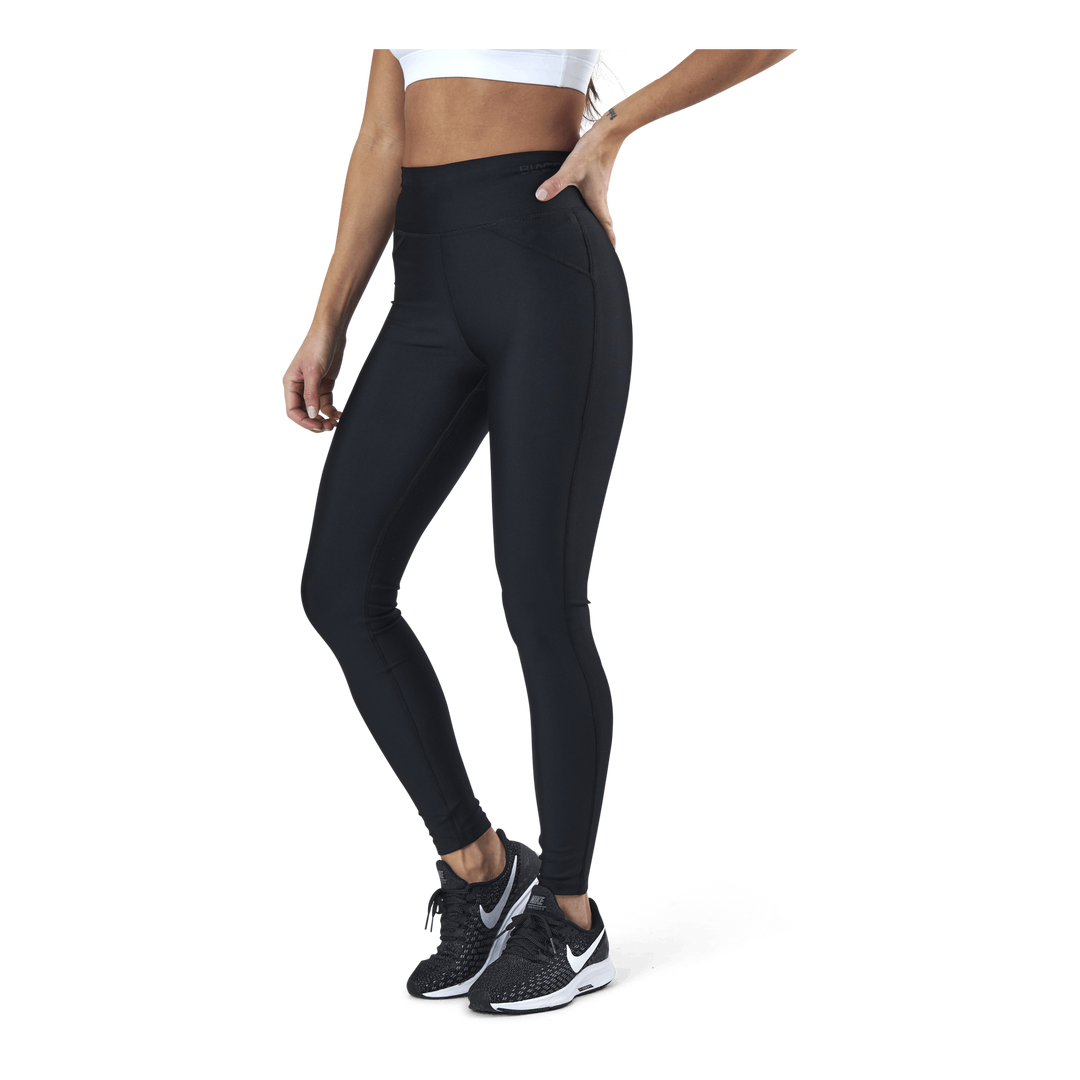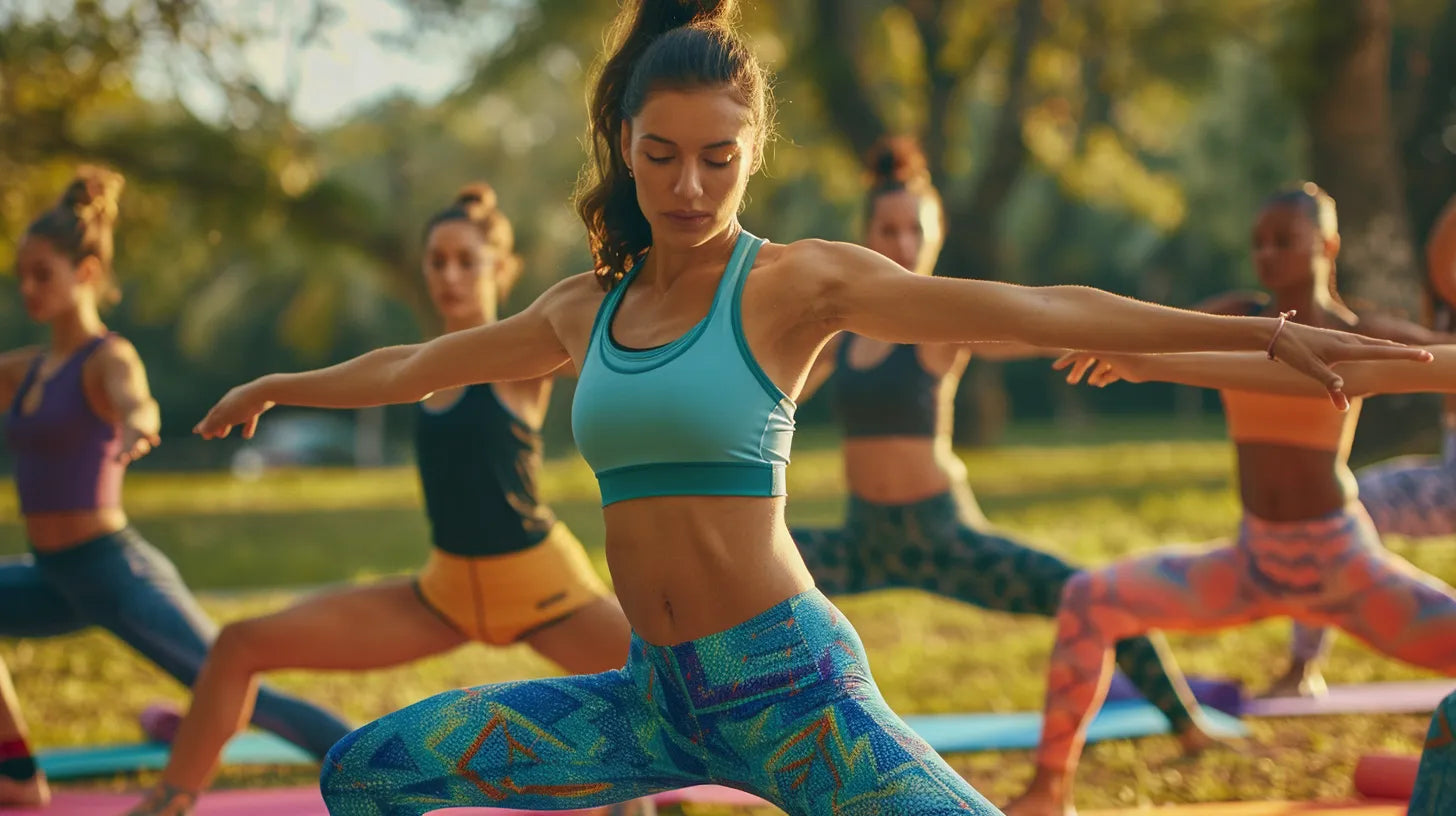
Hatha Yoga: Discover the Power of the Classic Yoga Form
What is Hatha Yoga?
Hatha yoga is a classic form of yoga that focuses on physical postures (asanas), breathing techniques (pranayama), and meditation. The word "hatha" comes from the Sanskrit words "ha" meaning sun and "tha" meaning moon. This symbolizes the balance of opposites that exists within us all - the masculine and feminine, the active and passive, the warm and cool.
Unlike more dynamic yoga styles like vinyasa or ashtanga, hatha yoga postures are typically performed at a slower pace, with an emphasis on alignment, posture, and conscious breathing. Each pose is usually held for several breaths before gently moving into the next.
Hatha yoga is perfect for beginners as it provides a solid foundation to build upon. But even experienced yogis can deepen their practice by returning to the roots of hatha yoga and refining the fundamental techniques.
Benefits of Hatha Yoga
Practicing hatha yoga regularly can provide a range of positive effects for both body and mind:
- Increased strength, flexibility, and balance
- Improved posture and body awareness
- Reduced stress and anxiety
- Enhanced concentration and mental clarity
- Increased energy and vitality
- Better sleep and relaxation
Additionally, hatha yoga can help alleviate many common health issues such as back pain, high blood pressure, depression, and chronic pain. By combining physical movement with deep breathing and meditation, hatha yoga creates a holistic approach to health and well-being.
Getting Started with Hatha Yoga at Home
The best way to learn hatha yoga is to attend a guided class with an experienced teacher. But you can also start your own practice at home. Here are some tips:
- Get a good yoga mat and comfortable clothing that allows for free movement.
- Find a quiet and undisturbed place to practice yoga, preferably with natural light.
- Begin each session with a few minutes of meditation or deep breathing to ground yourself in the present moment.
- Learn basic poses like Downward-Facing Dog, Warrior I, and Child's Pose. Hold each pose for 3-5 breaths.
- Listen to your body and modify the poses as needed. Rest when you need to.
- End the session with Savasana (corpse pose) for 5-10 minutes.
Find the Right Yoga Equipment
To get the most out of your hatha yoga practice, it's important to have the right equipment. A good yoga mat provides stability and comfort during the poses. Choose a non-slip mat that is thick enough and long enough for your height.
Comfortable and flexible yoga clothes are also a must. Opt for soft and breathable materials like cotton or bamboo. A pair of loose-fitting pants or leggings and a fitted top make a great base. Avoid clothes with zippers or other hard details that can rub or chafe.
Depending on your needs, you may also want to invest in props like yoga blocks, straps, and blankets. These can help deepen stretches, provide support in certain poses, and increase your comfort.
Deepen Your Hatha Yoga Practice
Once you've learned the basics of hatha yoga, you can start exploring more advanced aspects of the practice. Here are some ideas:
- Learn new and more challenging asanas like inversions and backbends
- Explore pranayama techniques like alternate nostril breathing and Ujjayi breath
- Deepen your meditation by focusing on a mantra or visualization
- Attend workshops or retreats to further your knowledge and connect with like-minded individuals
- Read yoga philosophy and classic texts like the Yoga Sutras by Patanjali
Remember, yoga is a lifelong journey of self-exploration and personal growth. Be patient with yourself, stay curious, and have fun along the way!
Whether you're a dedicated yogi or just curious to try it out, hatha yoga offers something for everyone. By combining physical postures, breathing, and meditation, this timeless practice creates a bridge between body and mind. So roll out your mat, breathe deeply, and discover the power of hatha yoga - one pose at a time.




